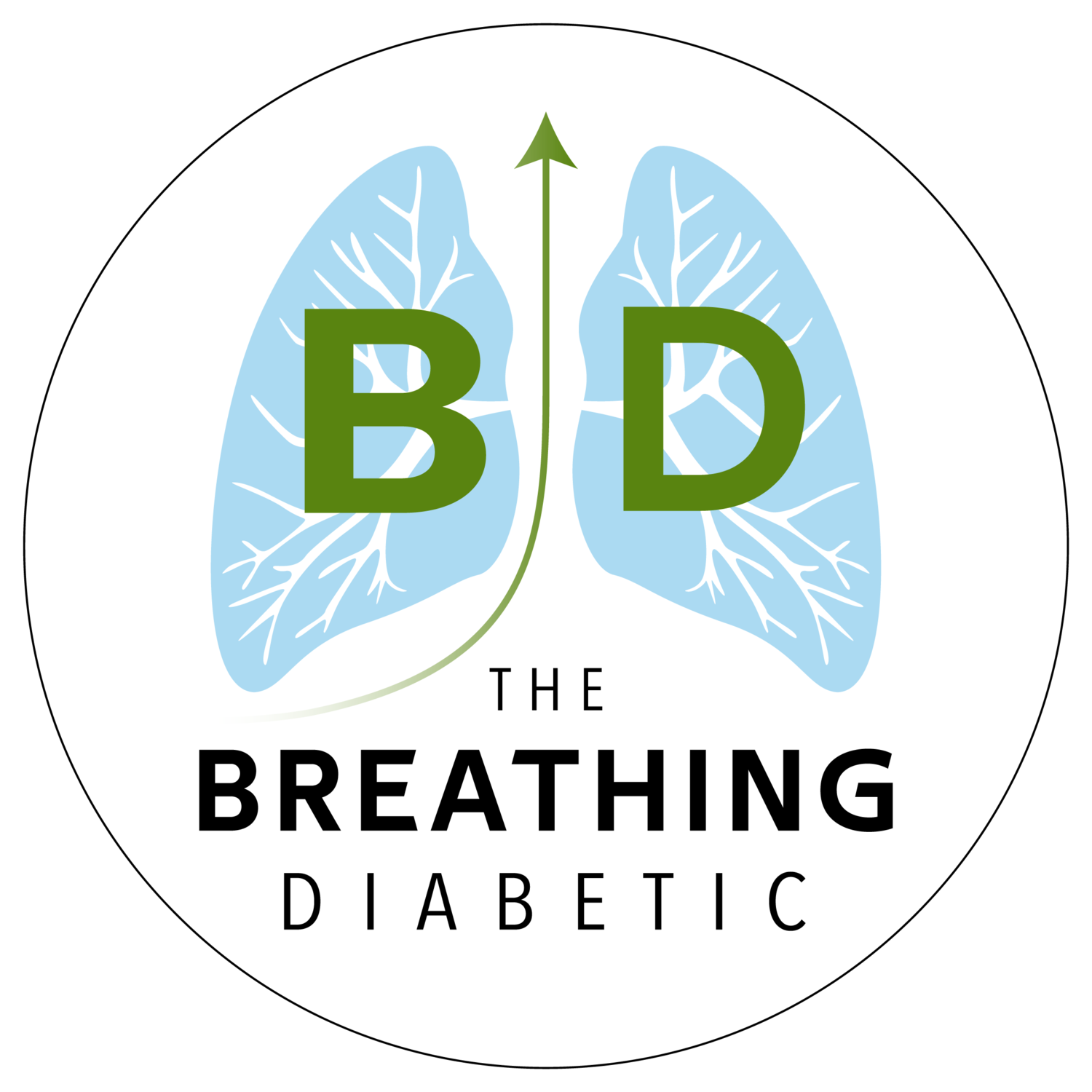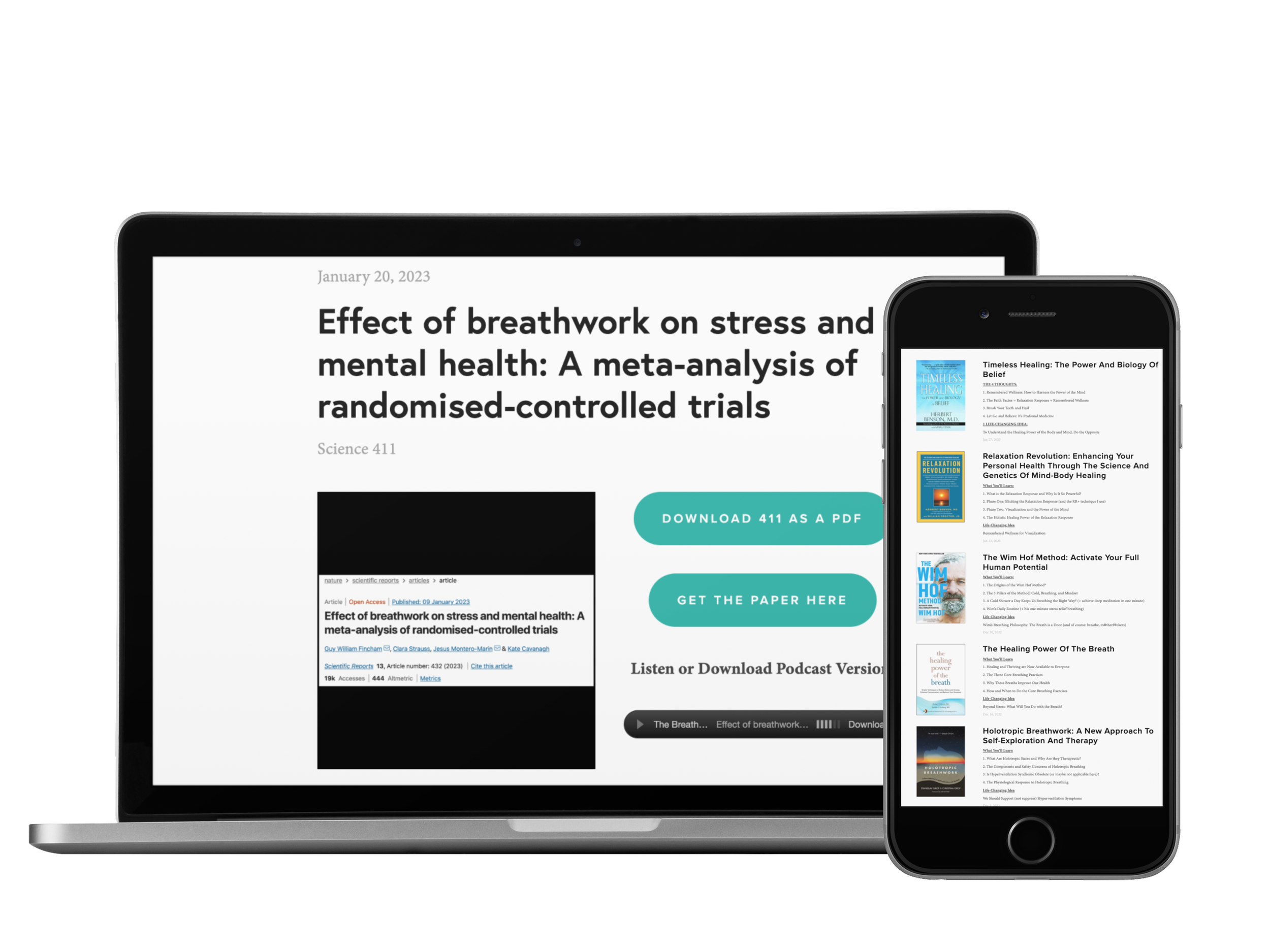Listen Instead of Reading
If you enjoy listening, you can subscribe to the audio version on Spotify, Apple Podcasts, and Audible so you don’t even have to look at the email 😊
Enjoy These Posts?
Reading Time: 1 min 37 sec
I hope the next 20’ish breaths are the most nourishing of your day.
4 THOUGHTS
1. 25 One-Sentence Breathing Ideas for 2025
1. Don’t take ten breaths; take one breath, ten times.
2. The breath will continue to outgrow any clothing you give it.
3. You will float through life so long as you treat the breath as your ocean.
4. Don’t go around air expecting not to breathe.
Continue reading them all here.
2. Ultimately, It’s Not About Breathing
“We can form an intimate relationship with our breath, our nervous system, and thus understand on a deep level the way our mind works. Ultimately, this is not about simply breathing; it is about finding a deep connection to our inner life.”
- Eddie Stern, Healing Through Breathing
Here is an excellent reminder that breathing isn’t “just breathing.” It’s “about finding a deep connection to our inner life” so we can better understand how our bodies, minds, and souls work 👏
3. This is What Counts
“Before doing anything, we should examine the underlying motivation, because as the Buddha said, “Karma is intention.” It is not so much what we do but why we do it. … This is why when we are undertaking any action it is important for us to see as honestly as possible the underlying intention behind us performing this action of body or speech. … It isn’t just the action performed or words that we speak, but how it is said or done and with what intention. That is what counts.”
– Jetsunma Tenzin Palmo, The Heroic Heart
👏👏👏
4. Sincere But Never Serious
“You must understand that I am not a serious person. I may be sincere, but never serious, because I don’t think the universe is serious. And the trouble comes into the world largely because various beings take themselves seriously, instead of playfully.”
– Alan Watts, Still the Mind
“I may be sincere, but never serious.” That might just be my new life motto. It perfectly captures the paradox of giving life our all while simultaneously laughing at ourselves and approaching it all with humor and playfulness 👏
1 Quote
“When your intentions are clear and strong, the appropriate actions naturally follow.””
1 Answer
Category: The Nose
Answer: These are curved, bony structures inside the nose that are covered in mucus and help filter, warm, and humidify incoming air.
…
(Cue the Jeopardy! music.)
…
Question: What are nasal turbinates?
In good breath,
Nick Heath, T1D, PhD
“Breathing is the compound interest of health & wellness.”
P.S. please don’t take this personally
Wisdom, Summarized for Action
The Breathing 411 is mindfully created each week to support your journey. If you find it valuable, consider joining the Breath Learning Center. Members gain access to an ever-growing collection of book summaries, science paper reviews, and insights from the greatest teachers and thinkers, designed to help you find your unique path, connect ideas, help others, and grow as a Mixed Mindful Artist. It also includes ad-free daily emails, guided practices, and more.
Treat yourself to a better life.
The Breathing App for Diabetes
This is the first program specifically made for people with diabetes to help manage their stress through breathing and mindfulness practices. In addition to the amazing program inside the app, we have some really neat things coming up, so sign up now!
Amazon Associate Disclosure
I’ve been recommending books for almost 6 years. Yet somehow, I just discovered that I could be an Amazon affiliate [face-palm]. In any case better late than never. Now, any Amazon link you click is an affiliate link. As an Amazon Associate, I earn from qualifying purchases. So, if you’d like to support my work, buying books through these links is helpful : )
* An asterisk by a quote indicates that I listened to this book on Audible. Therefore, the quotation might not be correct, but is my best attempt at reproducing the punctuation based on the narrator’s pace, tone, and pauses.

